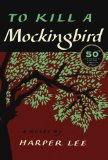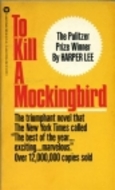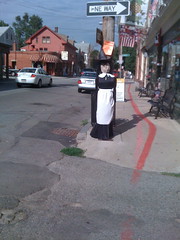 I have been reading Georgette Heyer’s Regency romance Charity Girl for the Celebration of Georgette Heyer at Austenprose. I am about 1/3 the way through. I also picked up Ernest Hemingway’s A Farewell to Arms because I need to have it read before school starts: it’s summer reading for my 10th grade students, and I haven’t read it before. I know, shocking! I like it so far, but I can’t deny that I have truly been wanting to read something set in Salem ever since my trip. I tried to tell myself I was going to finish these two books first and then I could indulge, but you know what? It’s summer, and I’m going to read it now if I want to. So I have started Brunonia Barry’s The Map of True Places. I will probably move on to something else set in Salem for as long as the mood lasts. I had a wonderful time there, and I so enjoyed seeing everything I had read about.
I have been reading Georgette Heyer’s Regency romance Charity Girl for the Celebration of Georgette Heyer at Austenprose. I am about 1/3 the way through. I also picked up Ernest Hemingway’s A Farewell to Arms because I need to have it read before school starts: it’s summer reading for my 10th grade students, and I haven’t read it before. I know, shocking! I like it so far, but I can’t deny that I have truly been wanting to read something set in Salem ever since my trip. I tried to tell myself I was going to finish these two books first and then I could indulge, but you know what? It’s summer, and I’m going to read it now if I want to. So I have started Brunonia Barry’s The Map of True Places. I will probably move on to something else set in Salem for as long as the mood lasts. I had a wonderful time there, and I so enjoyed seeing everything I had read about.
Plus, how cool is it that the first few results in my Photodropper plugin that helps me find Flickr images I can use on my blog returned my own photographs?






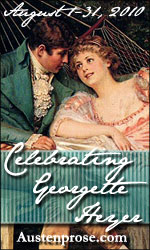
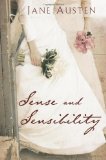


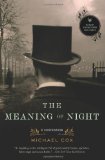



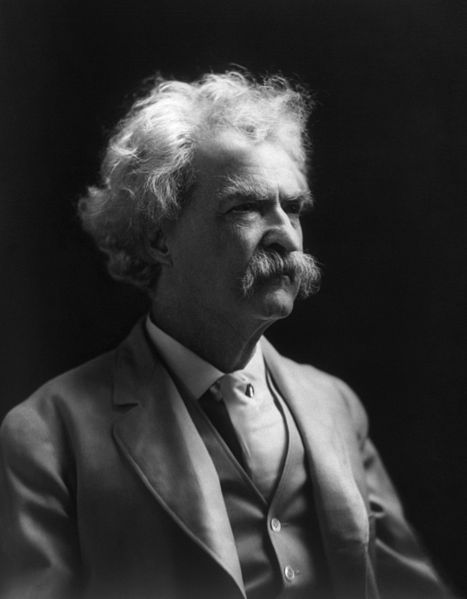
 Much speculation has surrounded Mark Twain’s autobiography because of the stipulation in his will that it not be published until 100 years after his death. Many have wondered exactly what he said that was so controversial. Readers won’t have to wait much longer.
Much speculation has surrounded Mark Twain’s autobiography because of the stipulation in his will that it not be published until 100 years after his death. Many have wondered exactly what he said that was so controversial. Readers won’t have to wait much longer. 